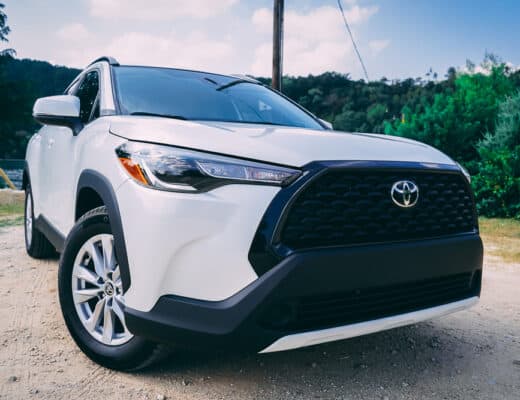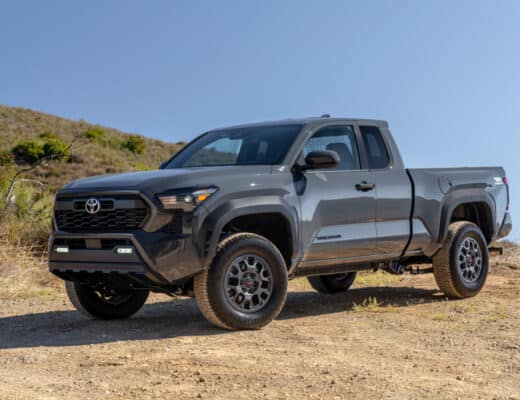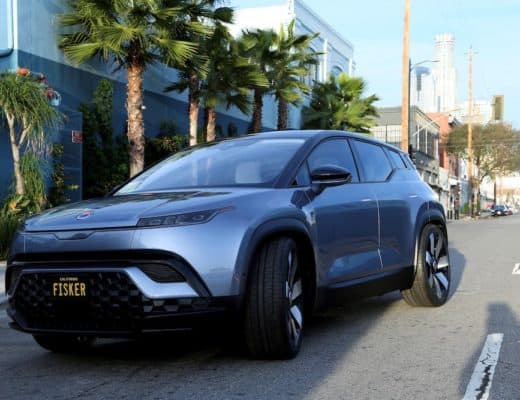California is experiencing a severe drought with no end in sight. Here’s how to wash your car during a drought.
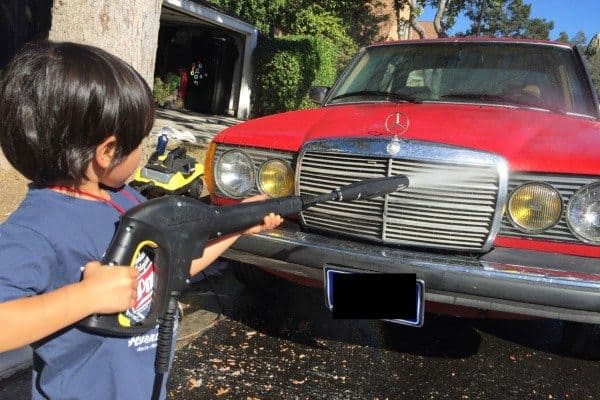
After El Nino failed to materialize this year, we can’t remember the last time we had a real rainstorm. We’ve shut down our sprinklers and are doing our part to conserve water, including going months between car washes.
We enjoy having clean vehicles, not only for the sharp look, but for the practicality of not getting dirty when leaning against a dirty vehicle. We’re always loading and unloading tools and gear into our cars and trucks so maybe this is just a problem for us, but it sucks transferring car dirt to our shirts and pants.
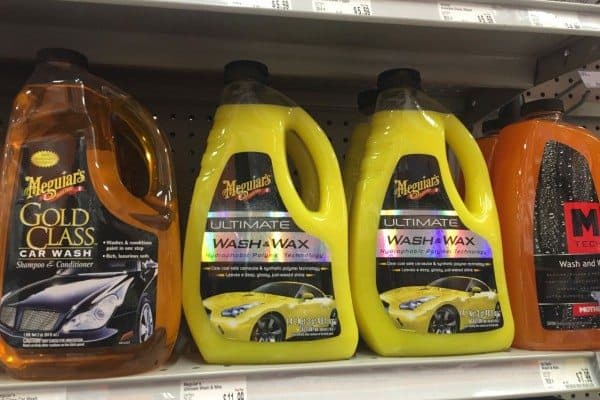
Many car wash facilities are simply huge water wasters. They dump thousands of gallons of water onto vehicles in a very inefficient manner. The self-serve car washes are better, but we’re always running out of coins before we have finished.
We solved this problem by investing in a pressure washer to use at home. Any pressure washer will do, but make sure you have the settings turned down so it won’t damage the paint or other sensitive areas of your vehicle.
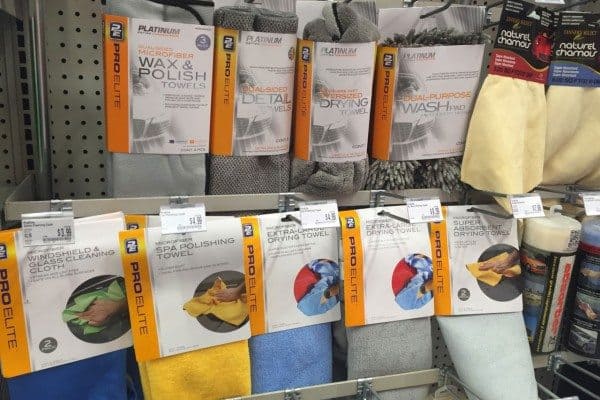
In addition to the pressure washer, you’ll need a microfiber cloth, car washing soap, wheel cleaning brush, tire cleaner, and window glass cleaner. Our local AutoZone had everything we needed, as well as leather and surface cleaning supplies for the interior.
Using a pressure washer instead of a garden hose, is a more effective way of cleaning your vehicle and uses less water. Buying your car washing supplies from AutoZone, allows you to compare all of the products in person before purchasing.
It’s best to start with a quick soap spray to get your car or truck wet, then move onto a sponge/microfiber wash, and finally a quick rinse. Make sure to dry your vehicle immediately afterwards to prevent water spots from forming and we recommend finishing your wash with a coat of wax.
Since we wash our vehicles so infrequently, the wax is important to thwart off bird droppings and dirt and grime.

